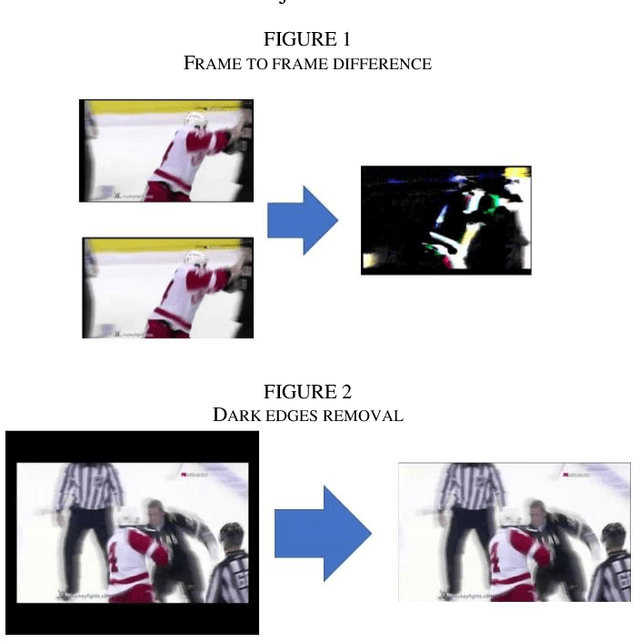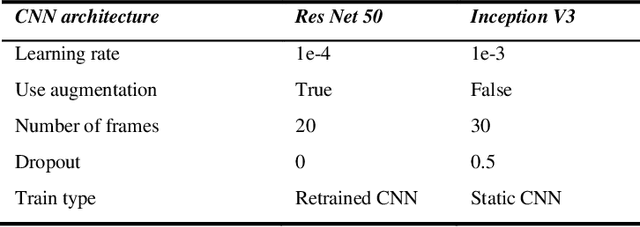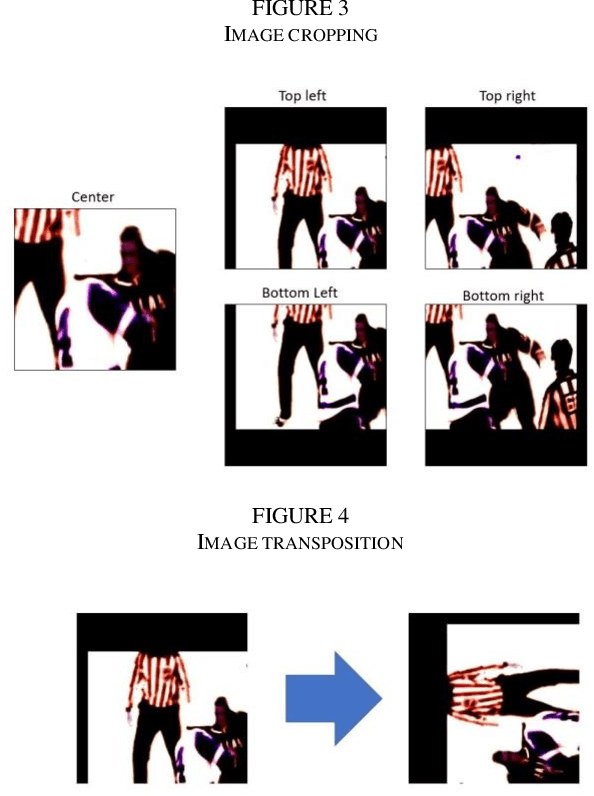Mann Patel
Domain Expansion: Parameter-Efficient Modules as Building Blocks for Composite Domains
Jan 24, 2025Abstract:Parameter-Efficient Fine-Tuning (PEFT) is an efficient alternative to full scale fine-tuning, gaining popularity recently. With pre-trained model sizes growing exponentially, PEFT can be effectively utilized to fine-tune compact modules, Parameter-Efficient Modules (PEMs), trained to be domain experts over diverse domains. In this project, we explore composing such individually fine-tuned PEMs for distribution generalization over the composite domain. To compose PEMs, simple composing functions are used that operate purely on the weight space of the individually fine-tuned PEMs, without requiring any additional fine-tuning. The proposed method is applied to the task of representing the 16 Myers-Briggs Type Indicator (MBTI) composite personalities via 4 building block dichotomies, comprising of 8 individual traits which can be merged (composed) to yield a unique personality. We evaluate the individual trait PEMs and the composed personality PEMs via an online MBTI personality quiz questionnaire, validating the efficacy of PEFT to fine-tune PEMs and merging PEMs without further fine-tuning for domain composition.
FedGrad: Optimisation in Decentralised Machine Learning
Nov 07, 2022Abstract:Federated Learning is a machine learning paradigm where we aim to train machine learning models in a distributed fashion. Many clients/edge devices collaborate with each other to train a single model on the central. Clients do not share their own datasets with each other, decoupling computation and data on the same device. In this paper, we propose yet another adaptive federated optimization method and some other ideas in the field of federated learning. We also perform experiments using these methods and showcase the improvement in the overall performance of federated learning.
Real-Time Violence Detection Using CNN-LSTM
Jul 15, 2021



Abstract:Violence rates however have been brought down about 57% during the span of the past 4 decades yet it doesn't change the way that the demonstration of violence actually happens, unseen by the law. Violence can be mass controlled sometimes by higher authorities, however, to hold everything in line one must "Microgovern" over each movement occurring in every road of each square. To address the butterfly effects impact in our setting, I made a unique model and a theorized system to handle the issue utilizing deep learning. The model takes the input of the CCTV video feeds and after drawing inference, recognizes if a violent movement is going on. And hypothesized architecture aims towards probability-driven computation of video feeds and reduces overhead from naively computing for every CCTV video feeds.
 Add to Chrome
Add to Chrome Add to Firefox
Add to Firefox Add to Edge
Add to Edge